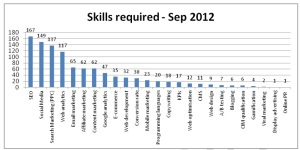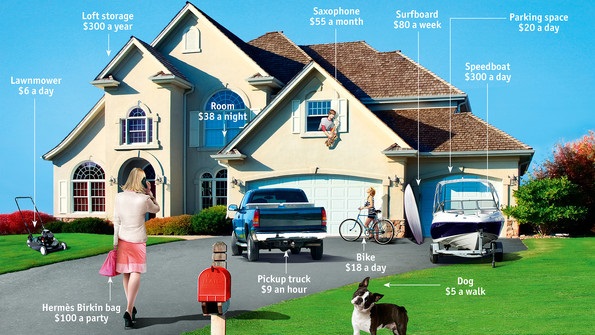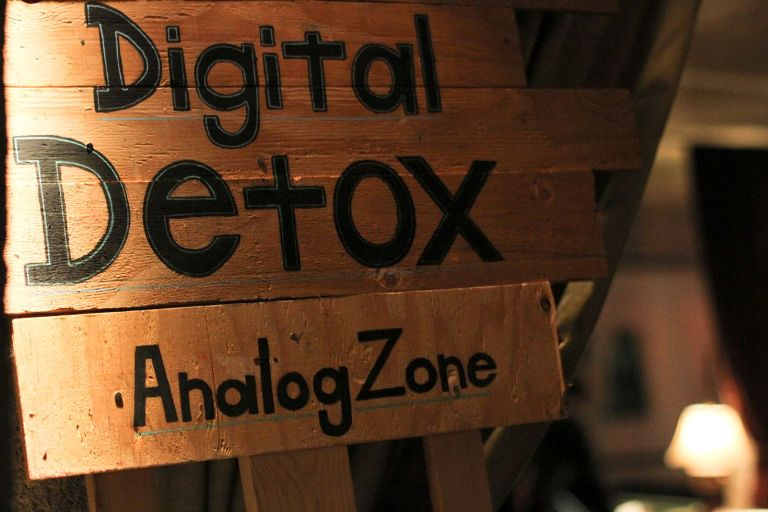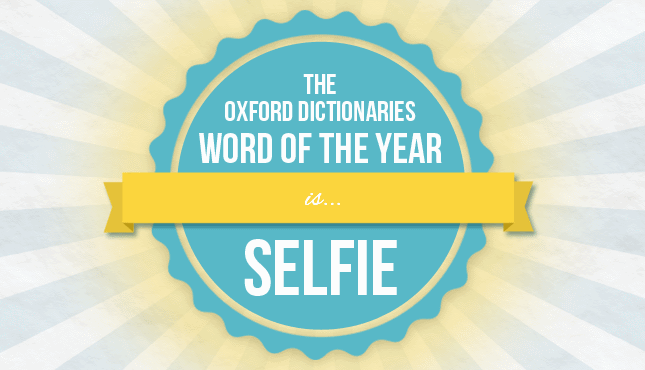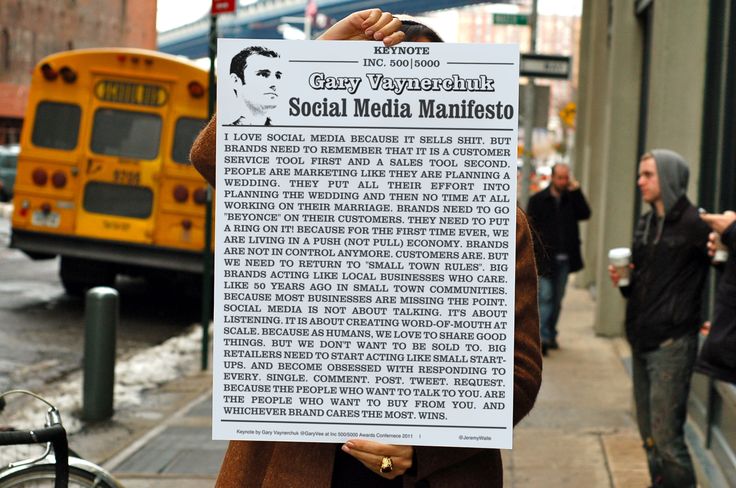From the time I started this journey of becoming a Digital Marketer, I had to ask a very personal question: what’s the most desired skill of a contemporary Digital Marketer?
Looking from a junior role perspective, I was always asking myself this question again and again for almost a year. Determined to end my anguish, I turned the question into the subject of my dissertation.
The research was carried out in 2012 and though it may sound like long time ago, especially due to the changing nature of the digital field, I’ve realised recently the shocking relevance of my findings two years ago.
Since January, I started the time-consuming task of finding a job in Digital Marketing. I created a checklist of what I wanted in a role and my career goals in order to choose wisely. This is a milestone in my professional life and a huge step to get me closer to my dreams so I carefully evaluated agency-side or client-side roles, company size, location, organisational culture etc.
Well after the “theoretical” part came the hard work:
a) Where do I start looking?
b) How should I sell myself? And especially
c) What types of roles should I apply for? What am I good at?
For the first question, and following my husband’s advice, I identified the recruitment agencies who specialised in Digital Marketing roles in London. I called them, introduced myself and asked them Question C. Most of them were very professional and after assessing my experience, background and studies, they started to direct me into the fields they thought I should think about applying for e.g. PPC, SEO, Account Management, Social Media and Media Planning & Buying.
And here comes the “flashback” of my dissertation findings:
After analysing 250 online candidate specifications for Digital Marketing posts in the major Recruitment Job Boards in the UK, this is the answer to the question “What is the MOST required skill for Digital Marketers?”
Not only is it a big coincidence that my new job is in SEO but also if you see all the skills mentioned above, (copywriting and web design), they all have an analytical, data-driven nature and believe me when I say employers are really looking for numerical people in Digital Marketing.
I had Excel tests, logical reasoning tests and algebra problems in all of my interviews but one! So when applying for jobs and reading role requirements like:
• Highly numerate
• Analytical – ability to work with large data sets in excel
• Good head for numbers
• Meticulous attention to detail
• Superior analytical skills
• Highly data driven
Prepare in advance for some sort of maths test and try to show not only that you know the answer (if you do), but if you don’t, try to find a way to show you’ve tried and you gave it some thought.
Finally, and after this job hunting period, I’ve comprehended the amazing evolution of marketing roles. A couple of decades ago, it was all about the “Eureka” myth and coming up with creative and unique ideas to reach more customers. I’m not saying creativity is dead but definitely KPIs and especially ROI are pretty much everything a company boardroom, and your boss, want to see.

